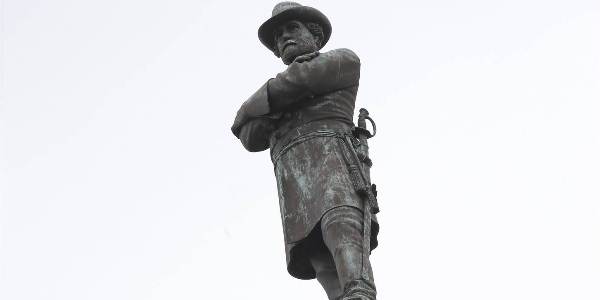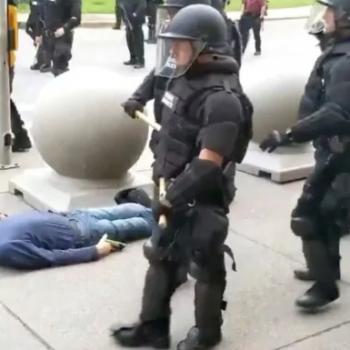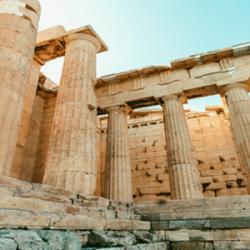My older son and I have been having some conversations during the past year about the confederate monuments. When New Orleans was taking down the monuments here this spring, he had some concerns about history being erased. So I explained to him that when we drive past the monuments, we just see ancient historical figures, but when black people drive past them, the message is that racist white people are still in charge of our country. Last week, after Charlottesville happened, we had some more conversation in which we discussed the difference between history and historiography.
History is the complicated mess of whatever actually happened in the past. Which is impossible to represent with perfect justice. Because every time you tell a story, you have to decide which details to include and which to leave out. You have to decide whose perspective is going to be centered and whose perspective is going to be peripheral. Deciding how to tell the story of history is historiography. The most important decision of historiography is who will be the protagonists. The default is usually to tell history from the perspective of the rulers and especially the military leaders as though their decisions, victories, and defeats defined everything for the people who lived around them.
That’s the historiographic decision being made when cities build statues of soldiers on horseback instead of building statues for the doctors, the nurses, the community organizers, the teachers, or the social workers who also could be lifted up as the leaders who cause the most impact in a society. But there’s an even more specific historiography being promoted by statues of Confederate war heroes. In no other country in the world does the losing side of a civil war have so many statues dedicated to its military leaders. There are immensely more Confederate Civil War monuments than there are Union Civil War monuments. Most of them were erected in the early 1900’s during the height of segregation and a season of white terrorism through lynch mobs and the KKK.
The monuments are part of a historiography that’s sometimes termed “The Lost Cause of the Confederacy.” In this telling of the story, the Civil War was fought to defend the “Southern way of life” rather than slavery itself. The “Southern way of life” is an imagined past defined by things like chivalry, honor, family, and sexual purity. When overt racial segregation was no longer socially tenable, the Southern way of life got sublimated into “family values.” Any uncertainty about whether “family values” has a sublimated racial core is put to rest by looking at how “family values” activists elected a proud philanderer who successfully dog-whistled their Southern way of life all the way into the White House.
So as I explained to my son, removing those monuments is not erasing history; it’s erasing white supremacist historiography. It’s time for some honest public reflection on our country’s white supremacist legacy that was simply swept under the rug and sublimated into sexual puritanism after the Civil Rights movement. It is entirely appropriate for the monuments that represent our past to reflect an intentional honesty about our nation’s history. If we want to do justice to our history, there are a whole lot of heroes from our past who aren’t white men and have never received any kind of public honor from the people in power.
As Christians, the model we have for historiography is the Old Testament. Whatever else is true about Israel, there has never been a tribe of people more brutally honest about the moral failings of their leaders. Most of Israel’s kings are cast aside as evil by its historians. Israel’s favorite king is exposed as a murderous adulterer with complete unflinching openness. When Bible-following white Christians are so defensive and deceitful about their ancestor’s sins, it shows that the Bible’s authority is completely selective for them.
Check out my book How Jesus Saves the World From Us!
Please help our campus ministry thrive! Every time somebody pledges to support us, my wife and I are able to focus a little bit more of our time on loving our students.











